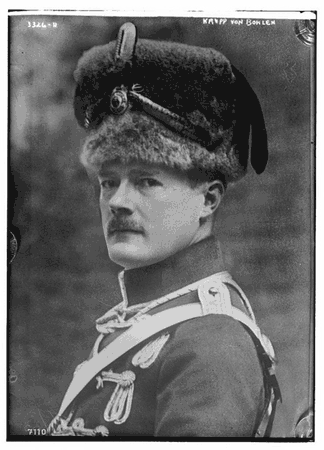Last year I wrote about the uncanny aura of “Cinemagraphs” — a.k.a. “animated GIFs” in a posting called “Eternal Moments and Smoking Billboards”. I made the point that these images are “an uncanny artform, because it literally “brings to life” still frames — and while this may in some ways be more apparent in stop-motion techniques (where, I would argue, the jitter produced by editing has as much to do with the uncanny affect as the conceptual “animation” of inanimate objects we see), digital art is offering numerous new ways to trick the eye in uncanny way.”
I was reminded of this phenomena when I came across an article in the current issue of Wired magazine (Jan 2013; not yet online now available at Wired) called “The Everlasting GIF” by Clive Thompson. Thompson interestingly makes the case that these animated GIFs are claiming a resurgence in popularity, and that it’s the “ancient vintage” of the format — the grainy ‘old school’/nostalgic look of them — that may be responsible for their appeal.
One point he makes that struck a real chord with me was his comparison of this form to the “zoopraxiscope” of the 1880s — that pre-cinematic device that was made famous by Muybridge’s classic “galloping horse” moving picture, among many other shots of animal locomotion and beyond. They “capture evanescence,” Thompson writes, “replaying tiny moments of everyday life so we [can] see them in a new way….The animated GIF lets us stop and ponder a single moment in the stream [of image inundation].”
Definitely. And also definitely uncanny, in the same way that all cinema is, in the way it can bring to life the “still life” (aka dead) photograph. We all recognize this, especially if we’re on a website with an image or avatar on it that delays the movement… and just when you move your attention to something else, it grabs you with sudden movement in the periphery of your vision.
But this is nowhere more apparent than in animated EARLY photography, where the aura of something long gone is long behind us. New media like these cinemagraphs are reanimating dead photos with a new animation that is stunningly uncanny. Here’s an example from a past Wired feature, Hugh Hart’s “Vintage Photos Enter Spooky Afterlife as Animated Gifs” — which brought my attention to the New Media artistry of Kevin Weir. It takes some surprising liberties with history, but that’s the fun of it — but the “fun” is often uncanny in the most orthodox of ways, using tropes of eyes, monsters, dismembered limbs and more. The whole article/gallery is worth a review, but here’s an example of Kevin Weir’s Flux Machine
Look for Thompson’s essay in the January 2013 issue of Wired. Just got mine in the mail this week. Happy New Year!